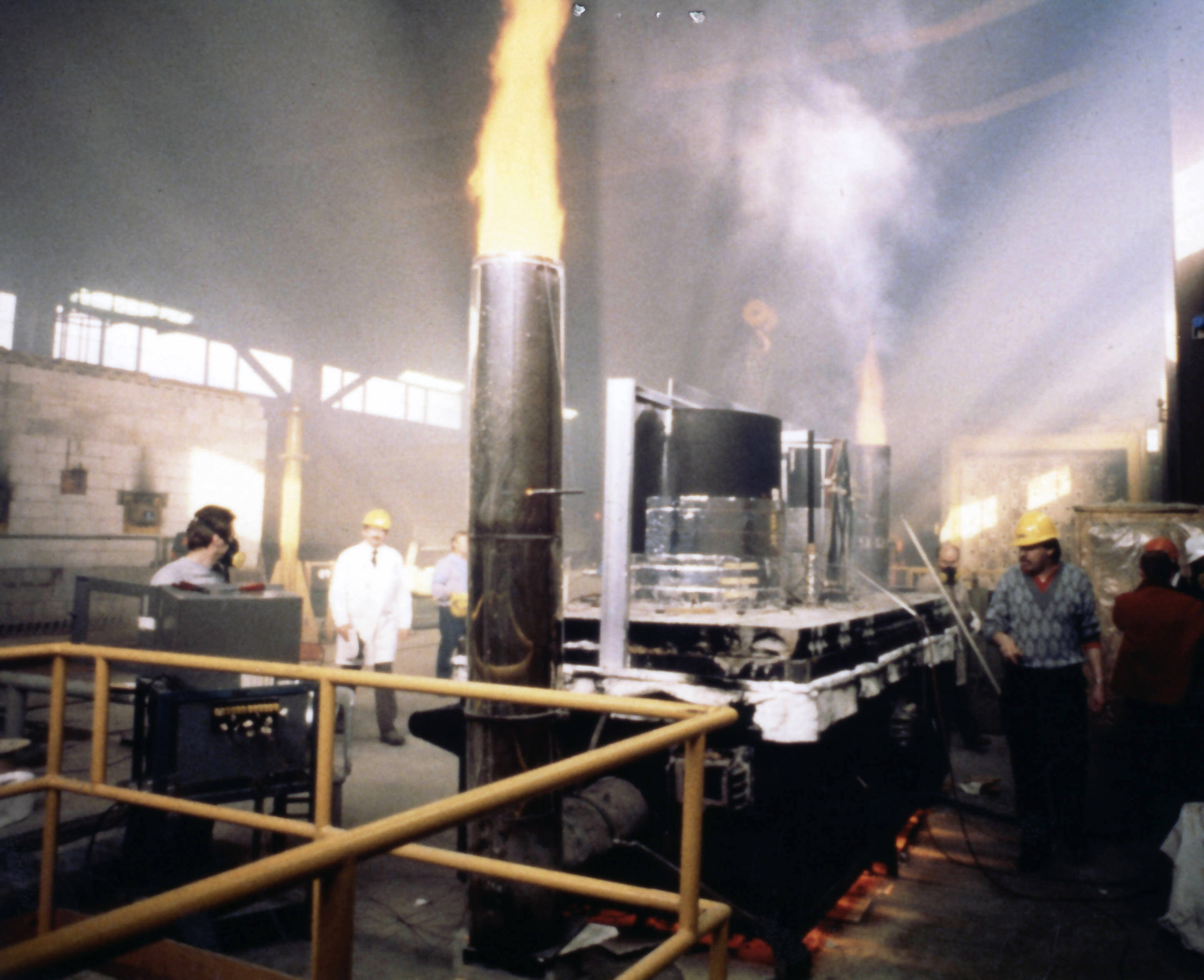Fire and Life Safety Education Program
For a statewide Fire and Life Safety
Education Program it is important to first identify all the available resources
for the program. For a statewide program, there are different state agencies
and organizations that can assist in the proper formulation of an effective
fire education program. First, the Fire Department can assist companies in
creating evacuation plan or in conducting fire drill. Then aside from the Fire
Department, depending on the State, there are the National Fire Protection
Association (NFPA) where the latest information about fire prevention, safety
and programs. There is also the National Interagency Fire Center Fire which is
the expert in fire behavior, technology, aviation and weather. It can work with
the state and local agencies for the program. There is also the U.S Forest
Service Fire and Aviation, which provides the daily updates on fire conditions
in the whole of US. There is also the Smokey Bear which can assist in creating
programs that may improve better involvement of the children in the state (Fire
Management Resources, 2007).
After
collecting and the available resources the next problem that needed to be
addressed would be what should be included in the program. The program shall
include emergency response team and program, creating of fire-safe buildings,
provisions of early warning and detection systems, Fire and Life Safety Day,
Fire Prevention Month and education of school children and young fire-setters.
After
creating the program, the next problem would be effectively communicating the
program to throughout the state. This problem can be addressed by disseminating
the information in the industry and the public. The state shall initiate an
aggressive campaign of education for the public. For the industry, the Fire
Department shall review architectural drawings of new construction and other
buildings to assure that they meet the fire safety standard. For all the
buildings in the state, the state shall impose strict compliance for provisions
for early warning and suppression systems. For other structures it must pass
the “final” inspection and must secure certificate of occupancy inspection
before any tenant be allowed to move in.
To
generate local citizen participation the program will include a Fire and Life
Safety Day and Fire Prevention Month. Here the firefighters will visit schools
and present to the students the dangers of fire. Kindergarten and second
graders will be taught fire safety and tour on fire trucks. Fit the older grades,
they will be participate in an actual home evacuation drill, learn first aids
and cooking safety and arson awareness
(Austin Fire Department, 2007). The Fire and Life Safety Day shall also include
a parade of Firemen and fire trucks to call for the statewide awareness of the
hazards of fire. There will also be presentations of fire hazard materials,
etc. The Fire Department shall also have the smoke alarm installation drives in
the neighborhood. For the families who cannot afford smoke alarms, the Fire
department shall install new alarms or new batteries for their existing fire
alarms. As part of the Fire Prevention Month the Fire Department shall offer
free home hazard assessment for those who wish to see if their homes are safe
for fire.
The
program shall also include a program for adolescents and children who have been
involve in playing with fire or in setting of fire on properties, etc. This is
really an education of habitual fire-setters.
To accurately evaluate the
effectiveness of the program yearly, the Fire Department shall use the Center
for Public Safety Excellence/Commission on Fire Accreditation International
self-assessment process. This self assessment process is comprehensive. It is
divided into different categories which includes risk assessment, response
strategies, fire suppression, fire prevention and life safety education, public
education, fire investigation, technical rescue, hazardous materials in the
community, emergency medical services, domestic preparedness planning and
response, aviation rescue and fighting services, marine and shipboard rescue
and fire fighting services (Cliff, 2007). For the Fire and Life Safety
Education program the evaluation includes not just evaluation but opportunities
to reduce risk.
To properly implement the program,
it is important to have proper funding. One way to generate funds for this
statewide fire safety effort is to secure Project Grants from the State Fire
Training Grants. This provides financial assistance to State Fire Training
Systems for the delivery of a variety of National Fire Academy (NFA)
courses/programs (State Fire, 2007). There are also other nationwide grants
which the Fire Department can apply for. The program can also get funding and
support from local sponsors, companies and organizations. For instance,
companies selling fire extinguishers may sponsor particular part of an event
while other companies, such as fire alarms, may support the other.
Works
Cited
Austin Fire Department Public Education
Program. 2007. Austin Fire Department
Retrieve 13 Sept
2007 from
http://www.ci.austin.tx.us/fire/peprograms.htm
Cliff, Jones. 2007. Safety, Self
assessment Fire Chief
Retrieve 13 Sept
2007 from
http://firechief.com/health_safety/firefighting_common_thread/
Fire Management Resources. 2007.
Ohio Department of Natural Resources
Retrieve 13 Sept
2007 from
http://www.dnr.state.oh.us/forestry/fire/resources/tabid/5143/Default.aspx
State Fire Training Grants. 2007.
The Catalog of Federal Domestic Assistance.
Retrieve 13 Sept
2007 from
http://12.46.245.173/pls/portal30/SYSTEM.PROGRAM_TEXT_RPT.SHOW?p_arg_names=prog_nbr&p_arg_values=97.043

Comments